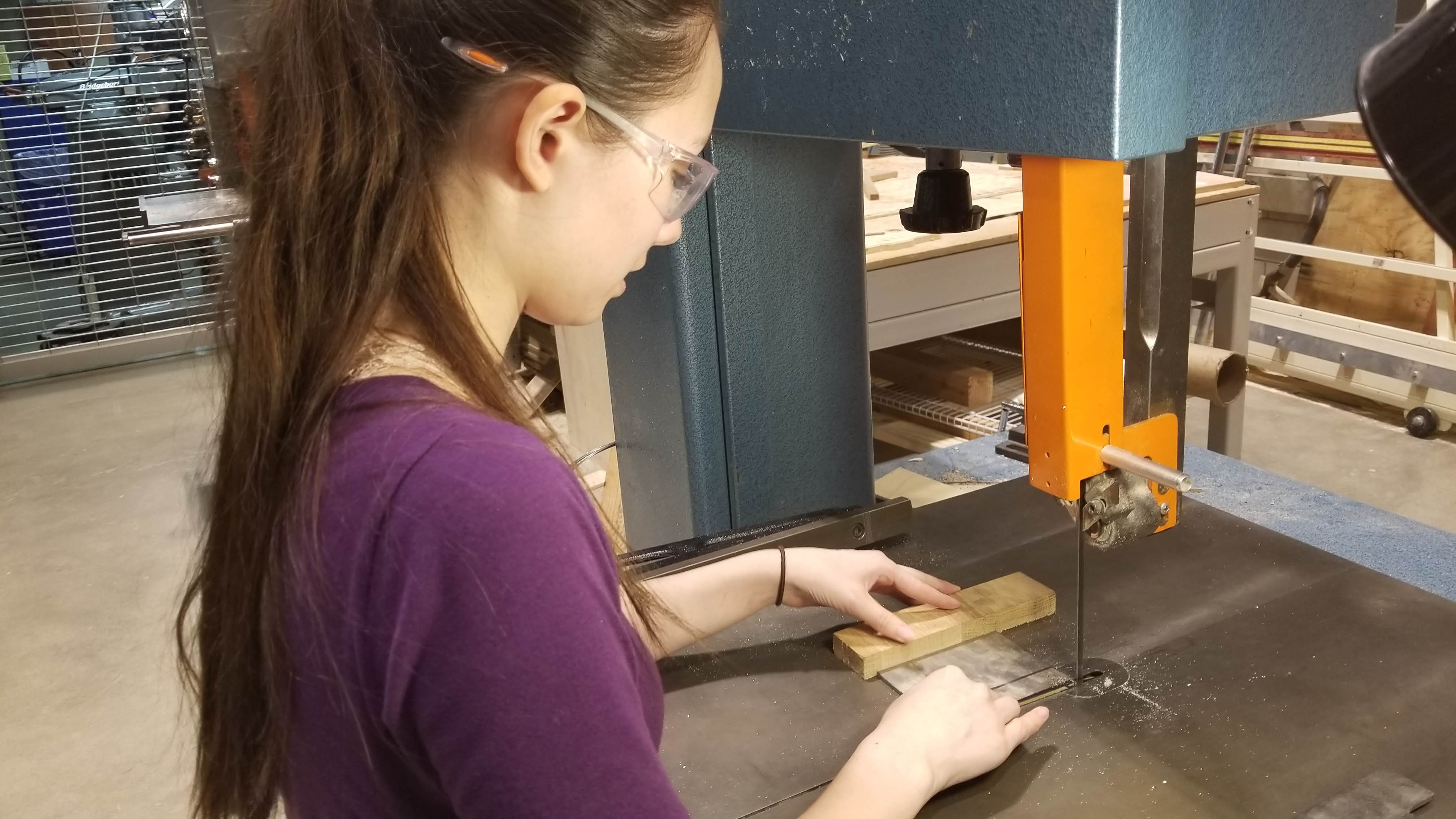Construct-A-Car
DSGN 106: Design Thinking and Communication
Construct-a-car is an assembly-based toy car designed as an occupational therapy (OT) task.
We partnered with the Shirley Ryan Ability Lab to create the Construct-A-Car as an alternative task for OT patients with manual labor backgrounds to have a task that is more personally meaningful to them while in therapy in order to create a more engaging experience. This project was created for Design Thinking and Communication, a 10-week engineering course at Northwestern University.

Context
Our Mission
We wanted to design a durable, engaging, and accessible occupational therapy tinkering task for Shirley Ryan AbilityLab patients with manual labor backgrounds. Our product was modifiable to different skill levels, usable regardless of technical background, and interesting to patients of different experiences. We also included an assembly procedure guide to allow therapists to easily and accurately assemble the product.

My Role
Project Lead
I was responsible for overseeing our progress within our timeline and delegating individual assignments. As a team member, I participated in user research, prototype testing, created all final sketches and renderings of our design, modeled base frame components using NX software in order to laser cut pieces with Coreldraw, and machined components using the bandsaw.
Design Process
User Interviews
We started by interviewing users who were currently in occupational therapy with our client to see what kinds of tasks they find enjoyable and what motions were very familiar to them. From these observational interviews, we discovered that twisting motions like turning a screw was very familiar to users. They also expressed that they enjoyed seeing the result of what they had accomplished.
Creating an Assembly-Based Task
Our research led us to believe that having a task that the users could assemble and disassemble would meet the requirements of seeing the result of their hard work, while also being something that the physical therapist could use again and again for multiple patients. This introduced the challenge of creating something sturdy enough to stand up to the use and strain of the user constantly assembling and disassembling our product.
Why Construct-A-Car?
After many brainstorming sessions, we settled on the form factor of a toy car due to its small form factor, which would allow it to be easily used and stored in the current physical therapy location. Additionally, cars are something familiar to this user base and most of them would have some experience and knowledge of what the resulting product would look like. Also, we could include a wind-up motor that would mean that the users would not only be able to see the final physical representation of the car come together, but they would also be able to see the car move and show that what they built truly worked.
CONSTRUCT-A-CAR COMPONENTS
Exterior Frame
The exterior frame allows users to work on their motor skills by twisting the screws to attach the frame pieces to the base frame. From user observation it was found that a twisting motion was natural to many patients, and user testing found that patients enjoyed attaching tasks and thought that working on those kinds of skills were valuable.
Wind up motor
A motor was included because we wanted a way for the patient to be able to partake in the process of creating the required energy. We chose a wind up motor specifically due to the fact that the therapist would not have to have an additional cost of replacing batteries.
Piston motor
Through research and client interaction, we found that patients really enjoyed when they could see a tangible result from their actions. This is why we wanted to include a motor that patients could physically see move. Patients are able to interact with the parts in order to put it together.
Base frame
Laser cut from acrylic for precise manufacturing and reinforced with metal for durability, this base frame is the starting point that holds the other components together. Unique components that users don't need to interact with including the wheels and gears are pre-attached to this frame.
Takeaways
Benefits of Adaptability
When we first started creating mockups we saw that our general concept appeared sound. However, when we went to create our final prototype we found many difficulties in manufacturing the Construct-A-Car with our basic shop knowledge. Seeing the inefficiencies and inaccuracies in our production method I researched other manufacturing methods we could use and found that laser cutting was suitable for our needs. After realizing this, I reached out to an older student who worked in the shop and had her teach me how to use the laser cutter and its software. Laser cutting turned out to be very effective for what we needed, and I learned the importance of continually learning, how seeking out new methods can pay off and that it is beneficial to admit mistakes for the sake of improvement.
Designing for Assembly
With design you are often focused on the end product or final result. In this case, though, we wanted our final result to be one that wasn’t permanent, but instead was in an intermediate stage that could be added to and then subtracted from. When building mockups or rough prototypes, thinking on the fly and improvising can be helpful and often necessary in speeding up the process and allowing for more efficient methods of production. While new discoveries and changes weren’t absent in our building process, we had to start with a much more detailed and thought out plan for how all of the final components would come together. Additionally, when considering how new discoveries could benefit certain processes, such as securing parts together faster, we needed to consider how that would affect the future disassembly of the Construct-A-Car. Overall, this led me to think outside the box and learn to look at solutions from multiple perspectives to truly grasp an understanding of how the decisions I make in the beginning can impact the product in the end.